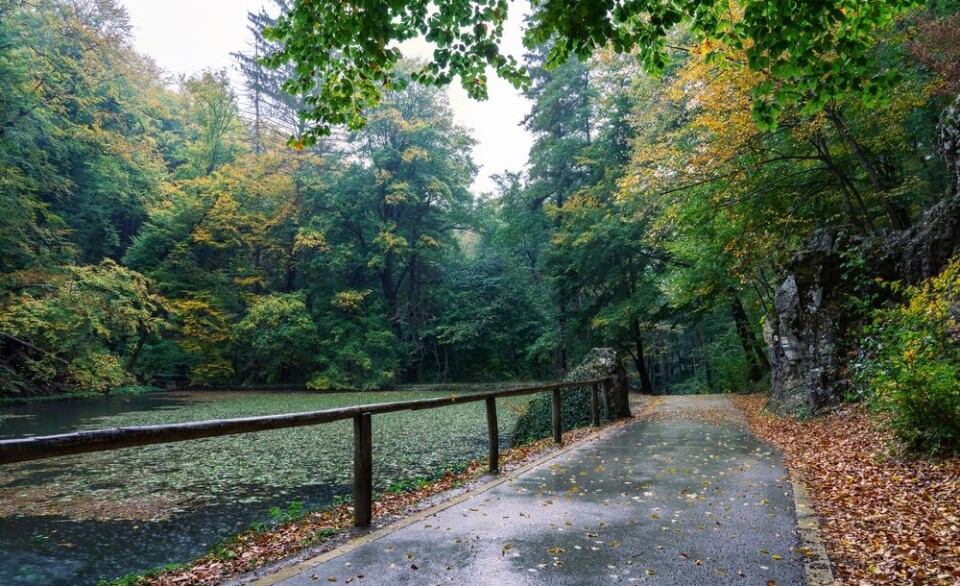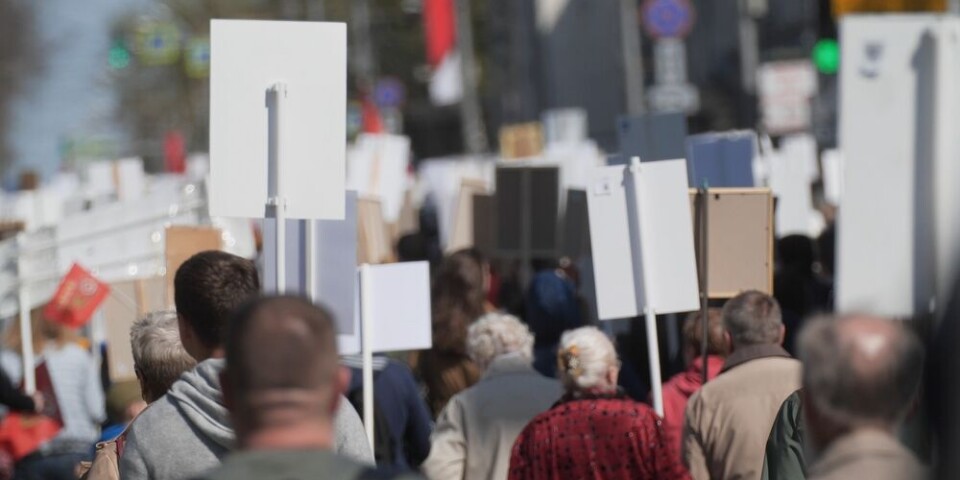-
Attention au chien! New map helps walkers avoid guard dogs
Discover how MapPatou helps hikers and joggers in France avoid potentially dangerous guard dogs
-
Discover the fascinating world of peregrine falcons and modern falconry
Explore the majestic bird's nesting habits and the evolution of falconry, from ancient traditions to modern-day racing and breeding practices
-
Listen: Stag bellowing season to begin in French forests
Every year, nature-lovers gather to listen out for the sound and even compete to imitate it best. A 500-hour livestream is available of the bellowing season on TV this year
Forest fires risk means some must clear garden vegetation
This year, forest fire risks are particularly high due to dry ground and vegetation. Here we look at what you need to bear in mind if you live in, or are visiting, vulnerable wooded parts of the country.

We are being urged to follow simple guidelines to avoid forest fires this summer – with risks especially high in 2020 as vegetation is dry.
Rules to follow
A campaign is promoting six key reminders, bearing in mind that nine out of 10 forest fires are started by humans and half are due simply to carelessness. The key points to remember are: do not start barbecues or fires near forests; never throw cigarette butts in forested areas; do not use machinery liable to create sparks; do not place combustible material against your home.
What to do if you spot a fire
If you spot a fire, tell the authorities on 112 (or 18 for the pompiers), and in the case of a forest fire nearby, stay at home. An information pack of key points in English is available at the bottom of the page at tinyurl.com/y7foprm8.
Those who live near to woods in areas at risk of fire should also be aware of the legal obligation to débroussailler – that is, clear away vegetation liable to contribute to the spread of fires.
Read more: air pollution is posing a dangerous problem for France's schools
What's different this year?
In 2019, there were 1,725 fires in the Mediterranean area, with 8,434 hectares destroyed (ie. 84km2). That was slightly less than average for the last five years but the Ecology Ministry says that this year’s conditions make the risks especially high.
This is because higher than average temperatures from June last year to this May, combined with lack of rain and wind in recent months, have dried out the ground and vegetation across the country. Southern departments remain the most vulnerable but, as global warming advances, even areas further north are now more exposed to this risk, such as Pays de la Loire, Centre-Val de Loire and Brittany.
Read more: global warming behind France's long allergy season
Forestiers Sapeurs & débroussaillage
Some departments have a force called forestiers sapeurs, specialised in forest fires, who are known for yellow vehicles. They prune trees and maintain access paths in winter, and in summer help the pompiers. The force from the Hérault reports that it has already fought a number of fires this year. It fear a high risk as the hottest days approach.
If you are unsure if you live in a zone where a débroussaillage is obligatory, you should check with your mairie. It needs doing at least every two years, depending on how fast vegetation has grown, and applies to a zone 50m around the home and 10m around access roads.
It includes pruning low-hanging branches or those close to the home, removing dead trees, maintaining space between tree canopies, removing shrubs under trees if possible, as well as dry leaves, and moving inflammable decorative plants away from the house.
Read more: Eastern France on heatwave alert as temperatures soar
Stay informed:
Sign up to our free weekly e-newsletter
Subscribe to access all our online articles and receive our printed monthly newspaper The Connexion at your home. News analysis, features and practical help for English-speakers in France
























